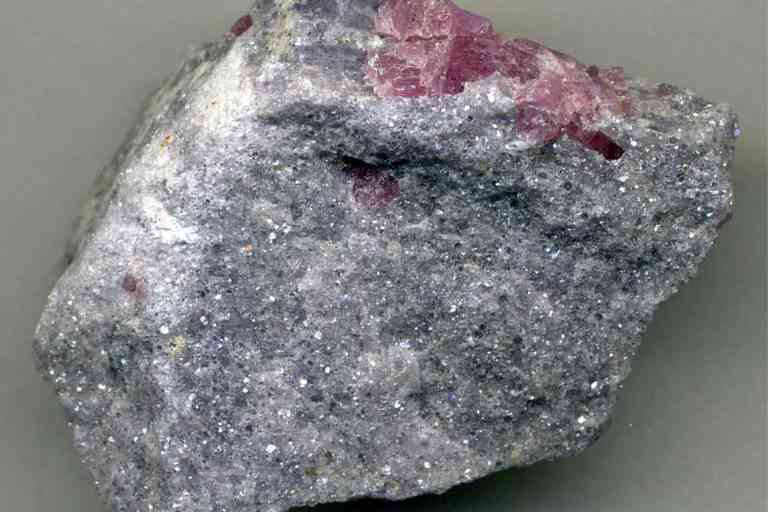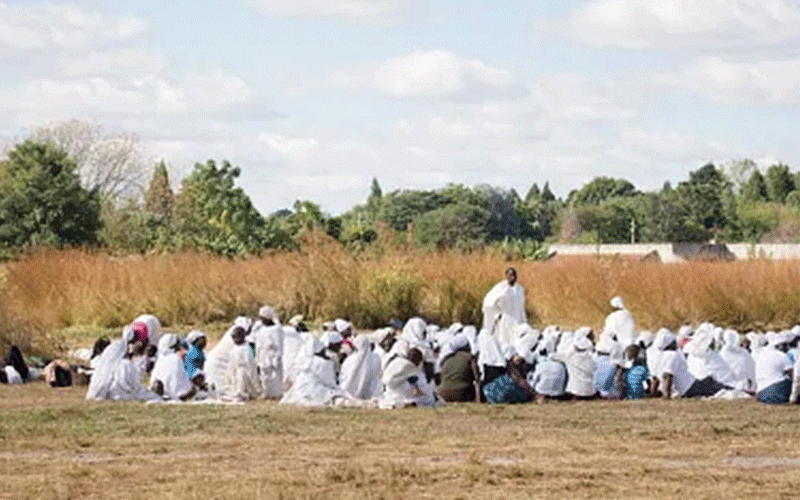
ZIMBABWE is likely to provide 20% of global lithium in a few years’ time, a report by Hogan Lovells and Scanlen & Holderness Solicitors stated this week, noting that demand was surging exponentially.
The report said following significant strides into developing lithium mines in Australia, Chile and Brazil, global focus had shifted to Zimbabwe, a market that many experts estimate could be holding the world’s sixth largest resource.
This focus had already been witnessed in Zimbabwe since Chinese giant, Zhejiang Huayou — the world’s biggest cobalt producer — spent US$378 million in 2021 to take control of Arcadia Mine near Harare.
Arcadia expects to begin lithium exports this month, following a US$275 million injection into a processing plant.
Premier African Minerals Limited is currently developing Zulu Lithium near Bulawayo, while Hong Kong headquartered Sinomine recently spent US$180 million to start the development of Bikita Lithium.
In total, global giants have recently poured over US$600 million into Zimbabwean projects, placing the southern African country on track to join the ranks of the world’s biggest lithium producers.
But authorities said this week they were due to give the mineral a strategic resource status.
This week’s report came as the International Monetary Fund warned that by 2030 the global economy should have reduced its greenhouse gas emissions by at least 25% in order to meet 2015 Paris climate accords targets.
- Dual economy Zim’s Achilles heel
- Village Rhapsody: How Zimbabwe can improve governance
- Dual economy Zim’s Achilles heel
- Scrap IMTT to save industry, govt urged
Keep Reading
Many see the introduction of electric cars, which run on lithium batteries instead of fuel, as part of efforts to address concerns over greenhouse gas emissions.
“Today, the production and processing operations for lithium are concentrated mainly in Australia, Chile and Brazil,” the report states, noting that 20% of global lithium would come from Zimbabwe as its mines kick-start production.
“Efforts to increase lithium production have now placed a new focus on Zimbabwe, which has the largest lithium reserves in Africa and the sixth-largest lithium reserve in the world.
“Zimbabwe is also estimated to have the highest number of lithium projects under exploration on the African continent,” the report reads.
It said one way of achieving the Paris targets was by taking steps to reduce global carbon dioxide emissions to net zero by 2050.
As the global economy transitions towards a net-zero scenario, the demand for raw minerals, which are vital to many clean energy technologies will increase.
These minerals include lithium, copper and nickel, according to the report.
The International Energy Agency estimates that by 2040 global demand for these vital minerals may exceed the current demand for coal.
According to the World Economic Forum, 540 000 metric tonnes of lithium were mined globally in 2021.
It said this output was expected to increase to 1,5 million metric tonnes and three million metric tonnes by 2025 and 2030 respectively.
“Inevitably, these statistics have drawn global interest. With the world moving towards more projects and activities that require lithium, investors have moved swiftly into the lithium extraction business in Zimbabwe, the most significant strides being made by Chinese investors,” this week’s report states.
“It is no surprise that Chinese investors have moved quickly into acquiring mining entities and claims and have entered into joint venture agreements with local and government entities for the sole purpose of exploiting lithium.”






